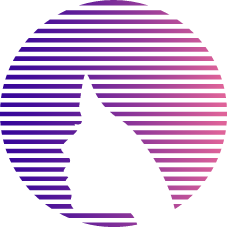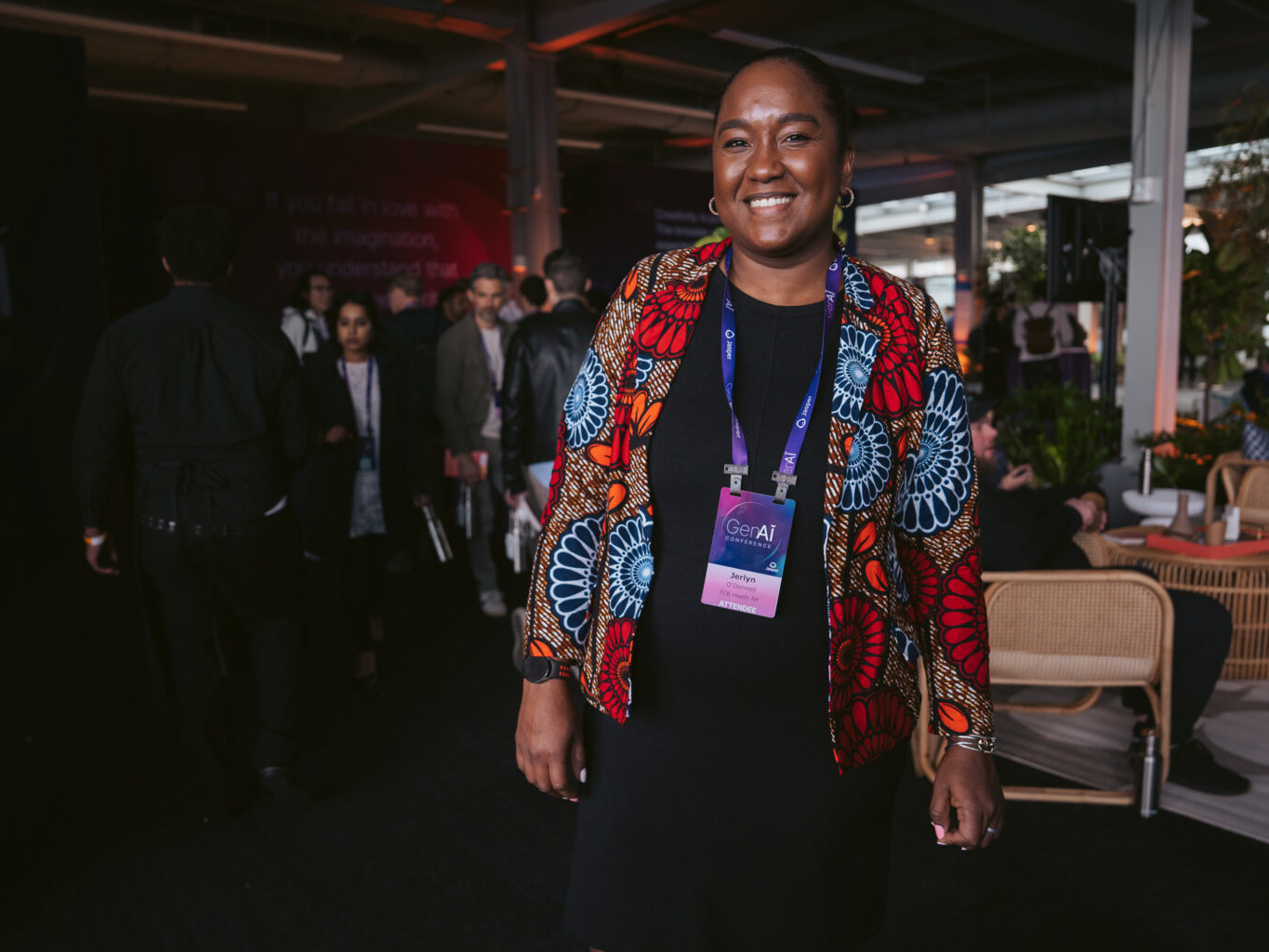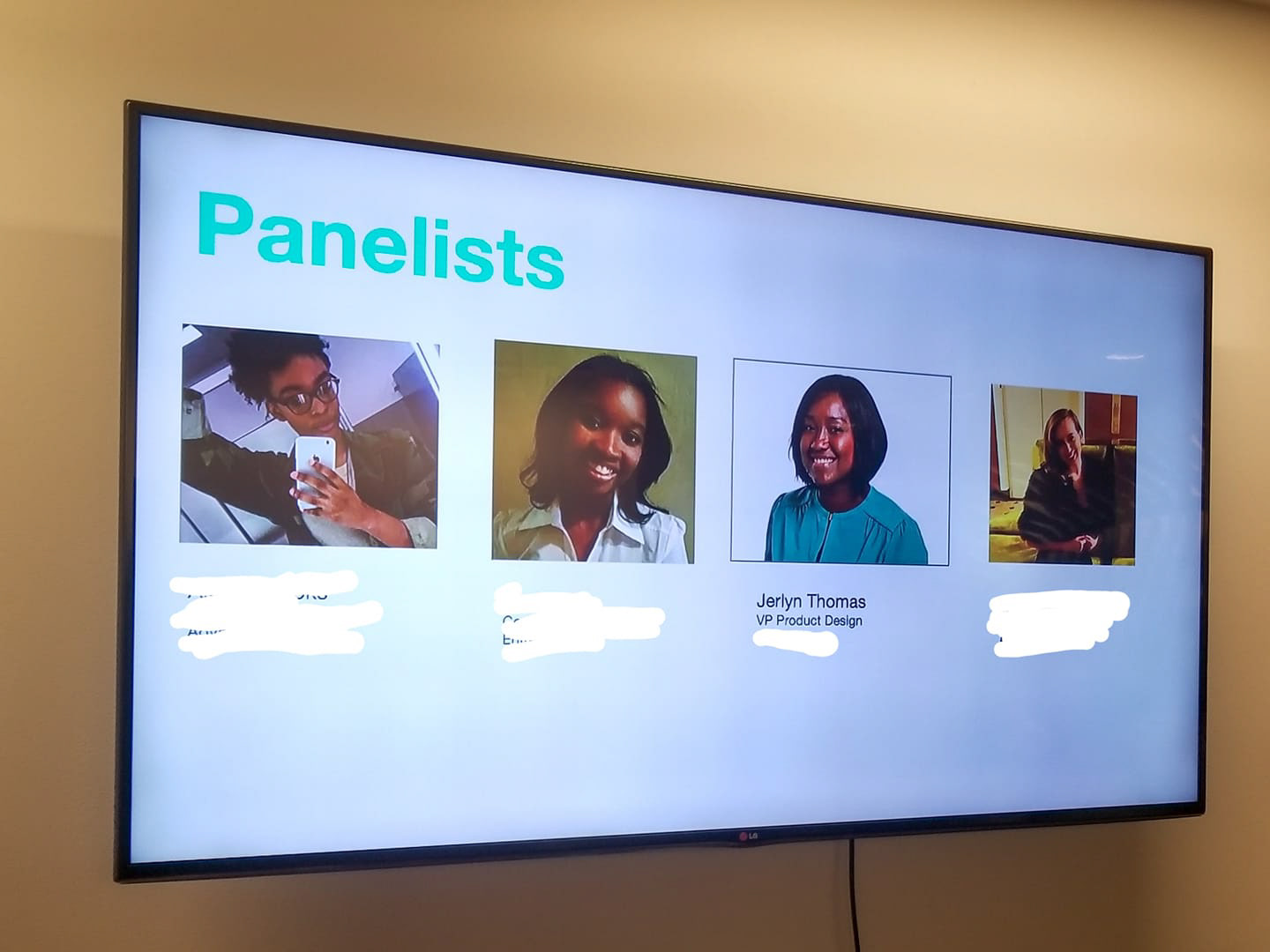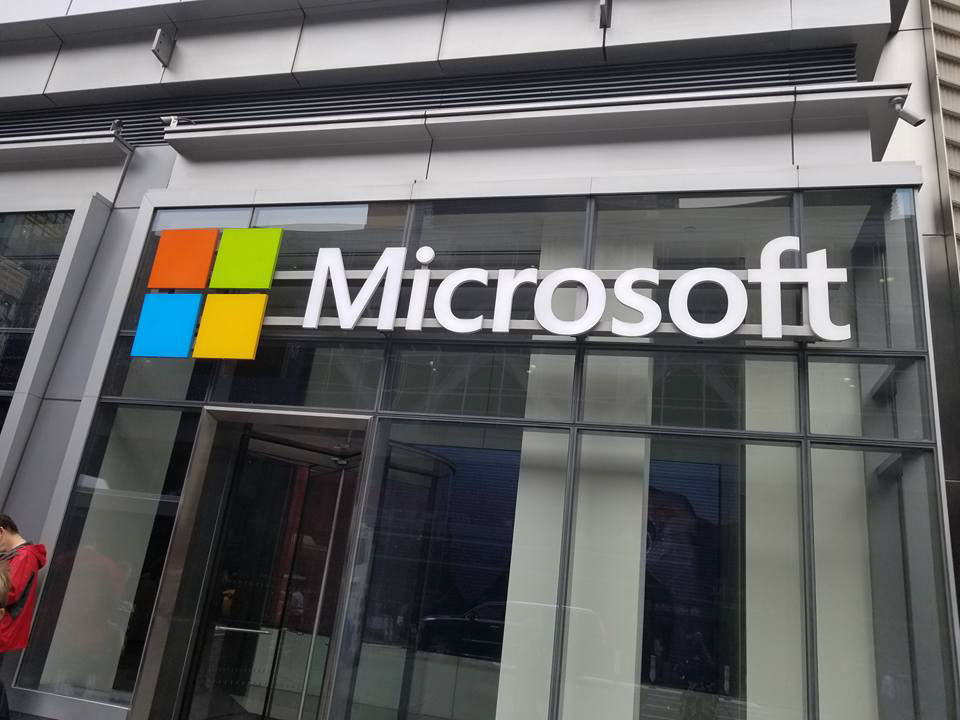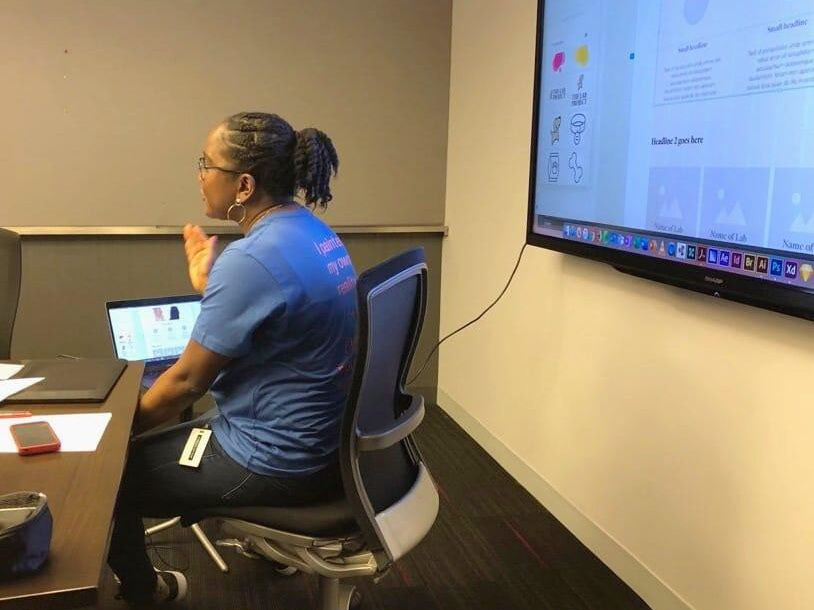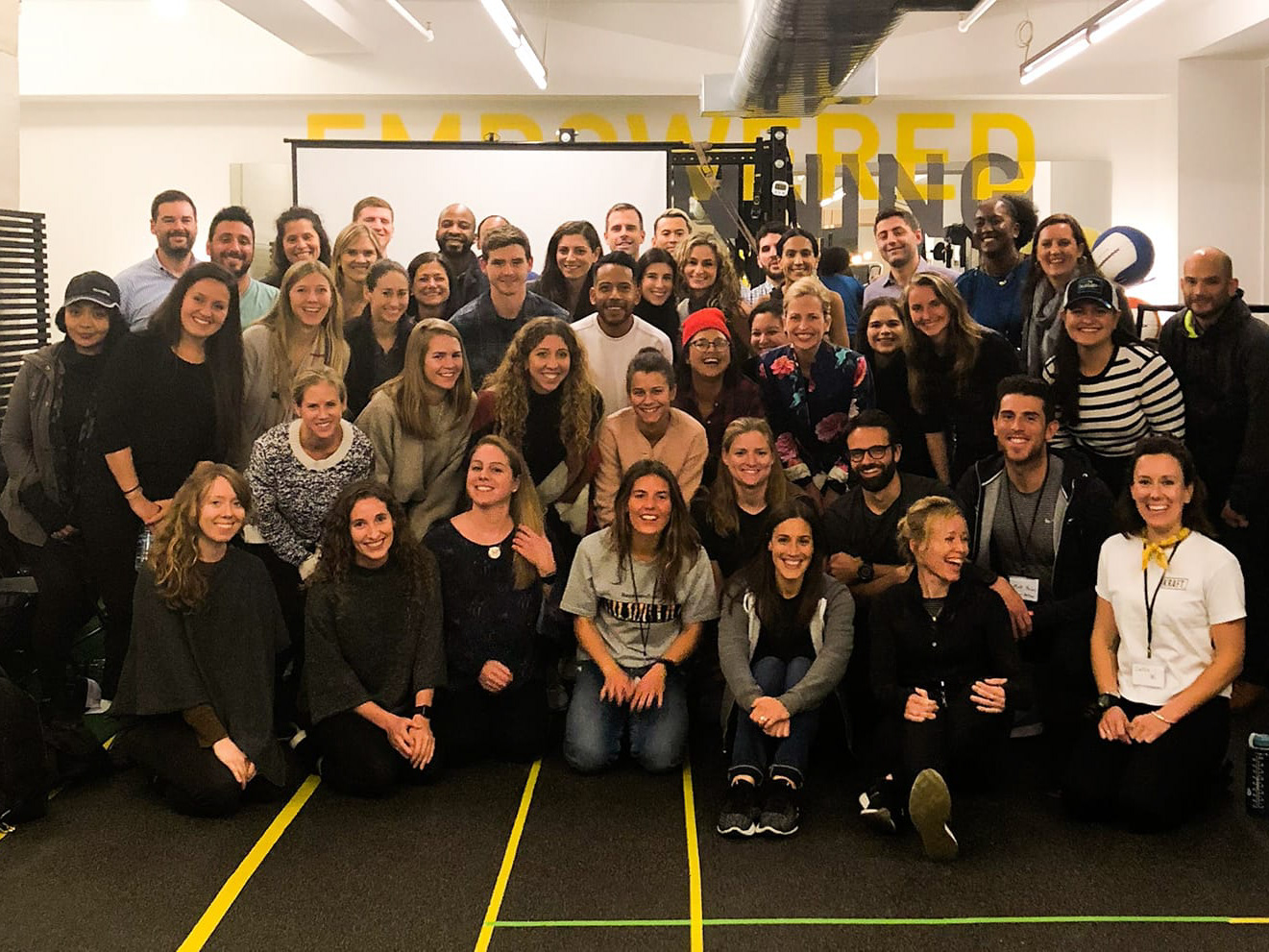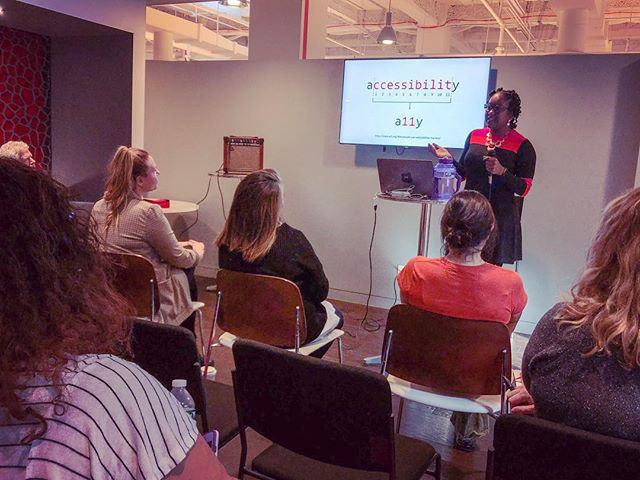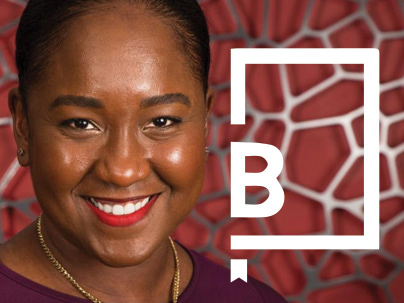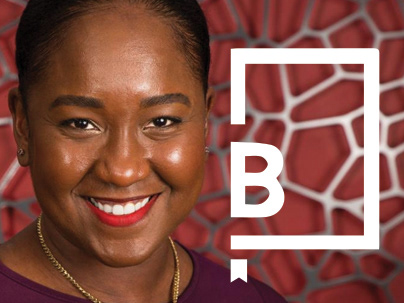Any designer who works on apps for mobile phones is tasked with an important decision: Which screen size should I propose for the final application? Some quick research reveals that in the United States, less than 5% of mobile screens are 320 pixels and higher. The iPhone is a simple 320 x 480-pixel screen. Most Nokia screens are 240 x 340 pixels, and Blackberry screens are quite interchangeable. But the resolutions just mentioned aren’t the only screens that will need content adjustments as technology evolves. Thinking multiscreen—not only in development but in planning and tactics—is a win-win situation for both our clients and their customers.
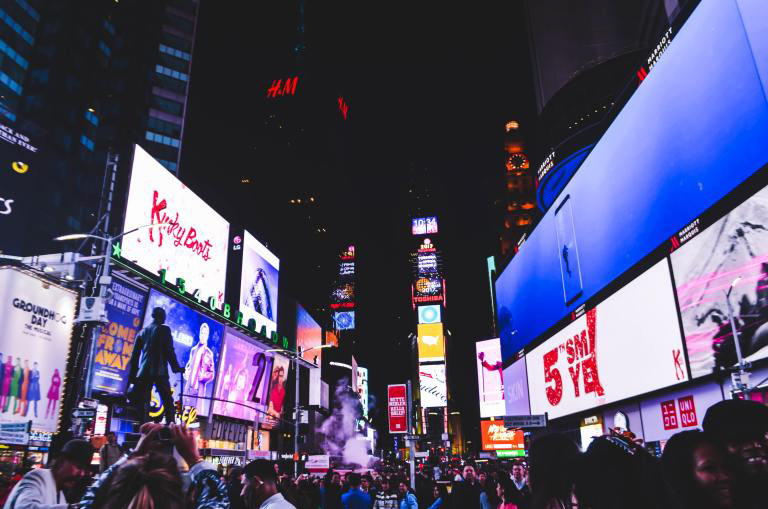

WHAT IS MEANT BY MULTISCREEN?
Multiscreen is how content is viewed on multiple platforms—from mobile to electronic billboards. Each platform is distinctive in size, resolution, and orientation.
Being aware of multiscreen dimensions is crucial to a successful execution because consumers influence each other’s buying habits. If a new gadget on the market has a distinctive screen size that prevents previous iterations of application ectypes to run correctly, consumers will complain that our apps don’t work, which may result in our clients reconsidering their budgets in app development. We can’t continually separate desktop vs mobile users and imagine that those devices are the only screens meant to reach consumers.
THINKING BEYOND DESKTOP VS MOBILE.
Consider this: I use a GPS watch almost daily. I’m one of the hundreds (if not thousands) of runners in a 100-mile radius. I’ve often asked myself: Why isn’t there content on it to influence our buying habits? Sure, it’s a tiny screen, but as a designer, I can’t help but imagine how I could manipulate its near stamp-sized dimensions to reach a completely new, very targeted audience. I’m also the proud owner of an Android phone and another Android device, Google TV. Even though they share the same operating system and similar functionalities, their ad real estate is remarkably different. And certainly, there are more devices worthy of our attention.
I’d love to find the best way to interject the experience of a PSP gamer while they’re commuting rather than waiting for them to get home to see that 300 x 250-pixel banner that I created for a Web site. Also, the app they’re using may be completely ad-free. How do I tell them about this amazing product?
We also need to think beyond iPad and iPhone devices. Too often we follow the current trend without noticing that competitors might actually be outselling those devices (Android devices are currently outselling iOS devices). By catering to just the popular devices that seem to be all around us—but that may not be so popular on a national scale—we lose a remarkable percentage of our audience.
THE MULTISCREEN LANDSCAPE.
As our screens evolve, it forces us to think about who we’re reaching and which platform they’re using to view our ads. We’ve successfully gone small by getting away from the browser and moving on to tablets and mobile. However, we can’t be stagnant. We’re being forced to imagine each user experience in diverse ways; the resounding conclusion is they don’t have to be the same. The multiple screens that we’ve noticed fall into what we call platform fragmentation. Unfortunately, our amazing designs are limited because every company chooses to have a different mobile experience to make it exceptional. So, in most instances, designs for content within apps and browsers aren’t the same.
Moving forward, agencies need to consider and even influence new resolutions by considering projection-like interfaces to wearable screens; we then need to make our clients aware of these options. Enriching our ad-experience analysis this way will give us a huge return on investment when we target specific demographics as a way of attracting new consumers.
And I haven’t even mentioned eBooks and their numerous delivery platforms!
The important point—not just for designers, but for all advertisers—is that we need to effectively produce our clients’ content in multiscreen. Ultimately, our intention should be to adapt design decisions and budgets to create optimized content for all targeted audiences. Our clients will be happy that we’re reaching consumers who were previously unreachable, and we’ll be commended for providing the forward-thinking they deserve.


